However, Meghan Markle's aforementioned royal ancestor, Edward III Plantagenet, was forced in 1362 to order that English was to be spoken in the courts, as otherwise the vast majority of the population would not understand what was going on. As for the English aristocracy, it still mostly descended from the barons of William the Conqueror, but Edward III's son and successor Richard II was already fluent in English, although it was not his first language. The Anglo-Saxon element, therefore, precisely because of its plurality, was not wiped out by the Normandy invaders, although it was - let's call it - trampled on for a time. To then burst forth and, over time, force privileges, their language and culture, and even the change of family names to, after all, foreign in origin to successive dynasties, right up to the last - of two surnames.
Similarly, the continuous Viking-Danish invasions of the Anglo-Saxon heptarchy and the growing kingdom of England were even able to overthrow monarchs and seize the English throne (as in 1013 and again in 1016, this time for much longer), but failed to impose either their paganism, language or material culture on the Isles. Geneticists have found an explanation: these later Vikings left fewer traces. Modern Britons are only 6 per cent descended from them. In contrast, according to a study published six years ago, modern Britons are as much as one third of Anglo-Saxon descent.
 SIGN UP TO OUR PAGE
SIGN UP TO OUR PAGE

I don't know how the Windsors are positioned on this genetic map. After all, the ancestors of Queen Elizabeth II, according to the genealogies studied, include Albert the Great, Casimir the Jagiellonian and - as if it could be otherwise - William the Conqueror. Whether genetics would have been able to unravel the genealogical meanderings unambiguously and assign the Queen to a specific group - it is difficult to say. What is most fascinating is that it is getting better and better at finding 'signatures' in our DNA that place us in specific historical ethnoses. This means that, although looking into the very distant past, we are all related to each other, but not all equally close.
It is easier for us to imagine everyone having two parents, four grandparents, eight great-grandparents, as many as 16 great-great-grandparents and so on, than this great migration across the North Sea of the Angles, Saxons, Frisians and Jutes in the fifth century. Imagine this water highway. We have ceased to be nomads. But for our ancestors, these already settled agricultural peoples, it was a normal way of life. When a prolonged crop failure came and a new living space opened up somewhere, they got up and walked. Then they even sailed, sometimes very far. Because a thousand kilometres by sea is a long way even today.
Archaeogenetics has just challenged the idea of Britain as an island nation isolated from the continent, only occasionally experiencing invasions. Genetix has messed with Archeo again.
– Magdalena Kawalec-Segond
-Translated by Tomasz Krzyżanowski
TVP WEEKLY. Editorial team and jornalists
The author thanks Adam A. Pszczółkowski for his very helpful critical comments on this text.
Source: https://www.nature.com/articles/s41586-022-05247-2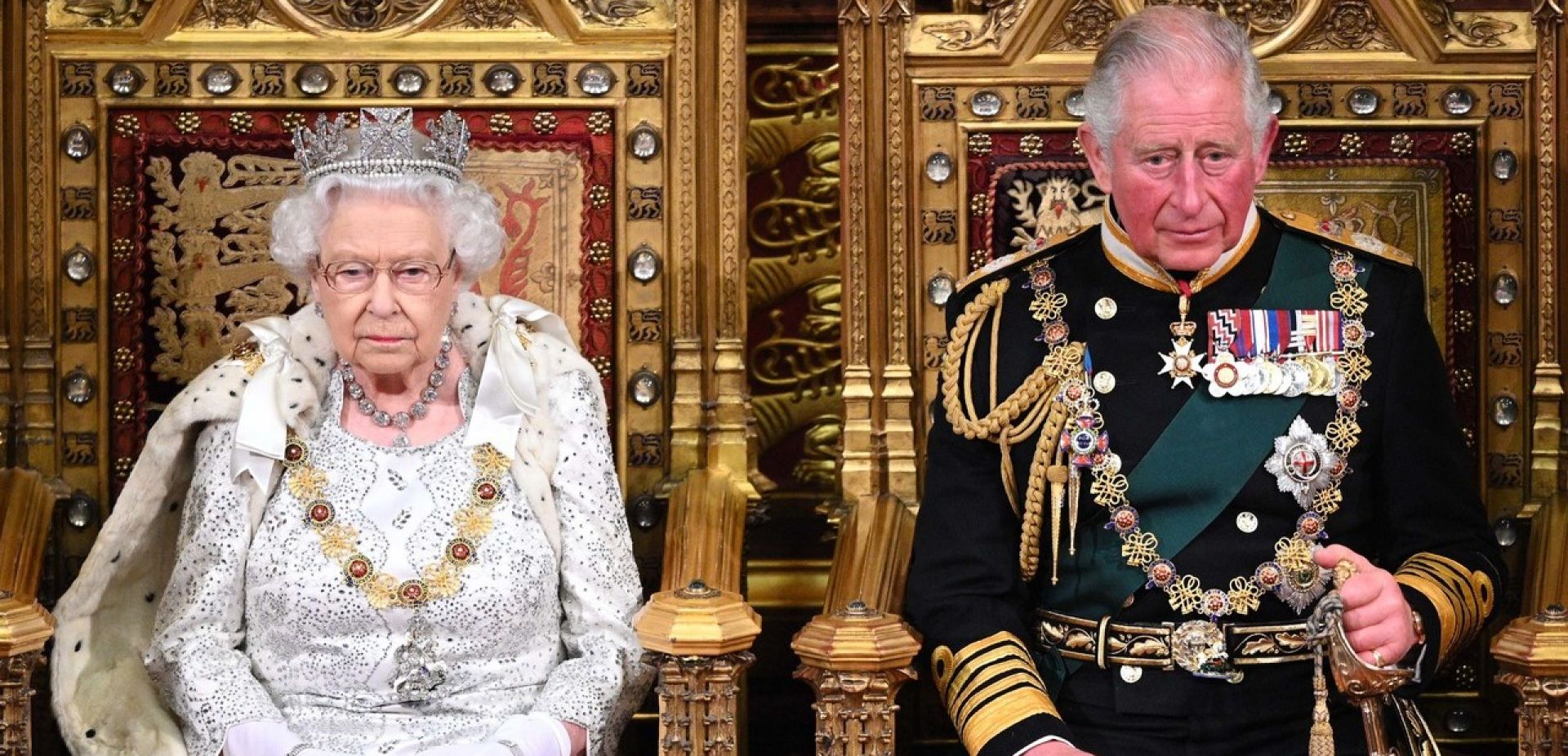
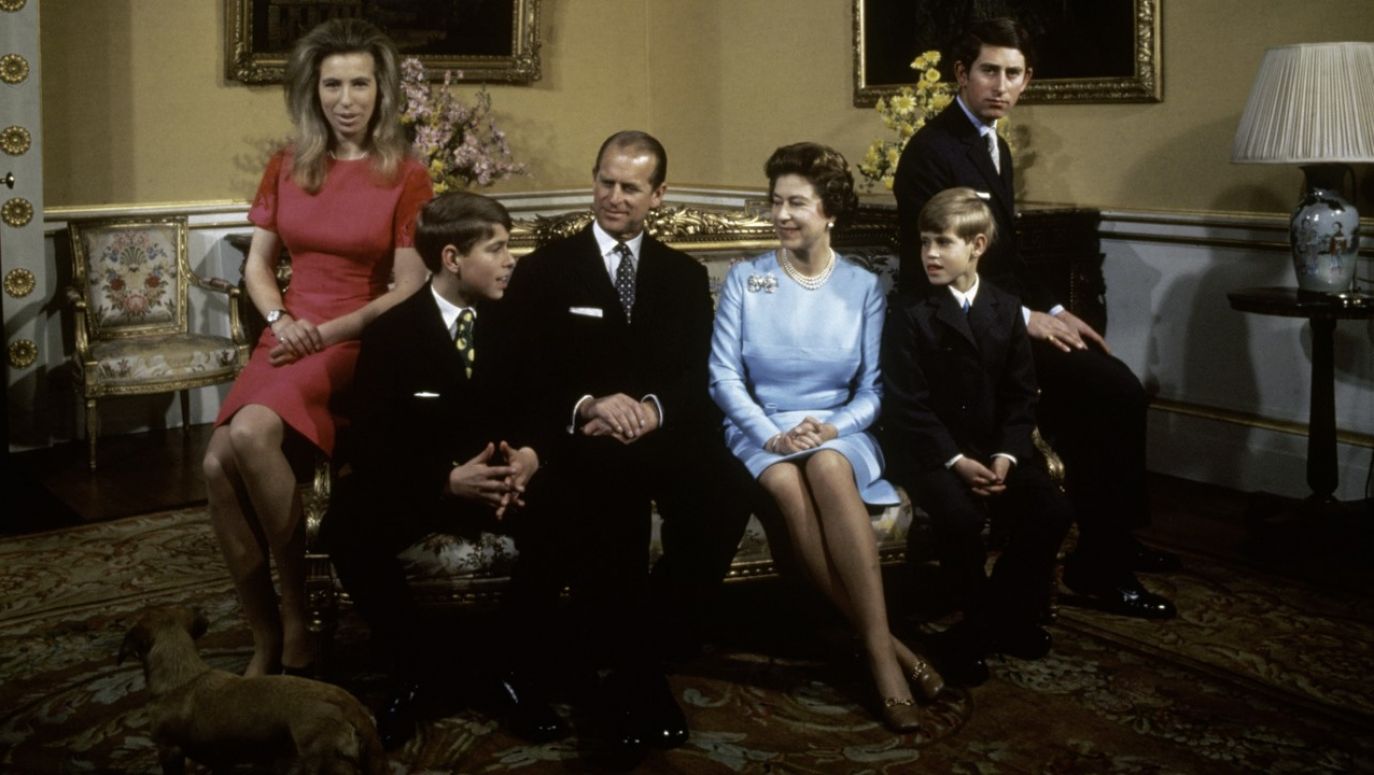
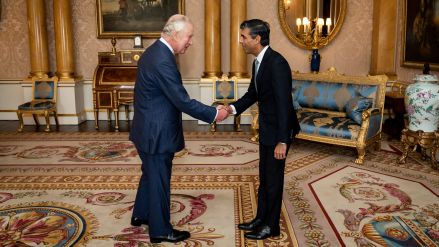
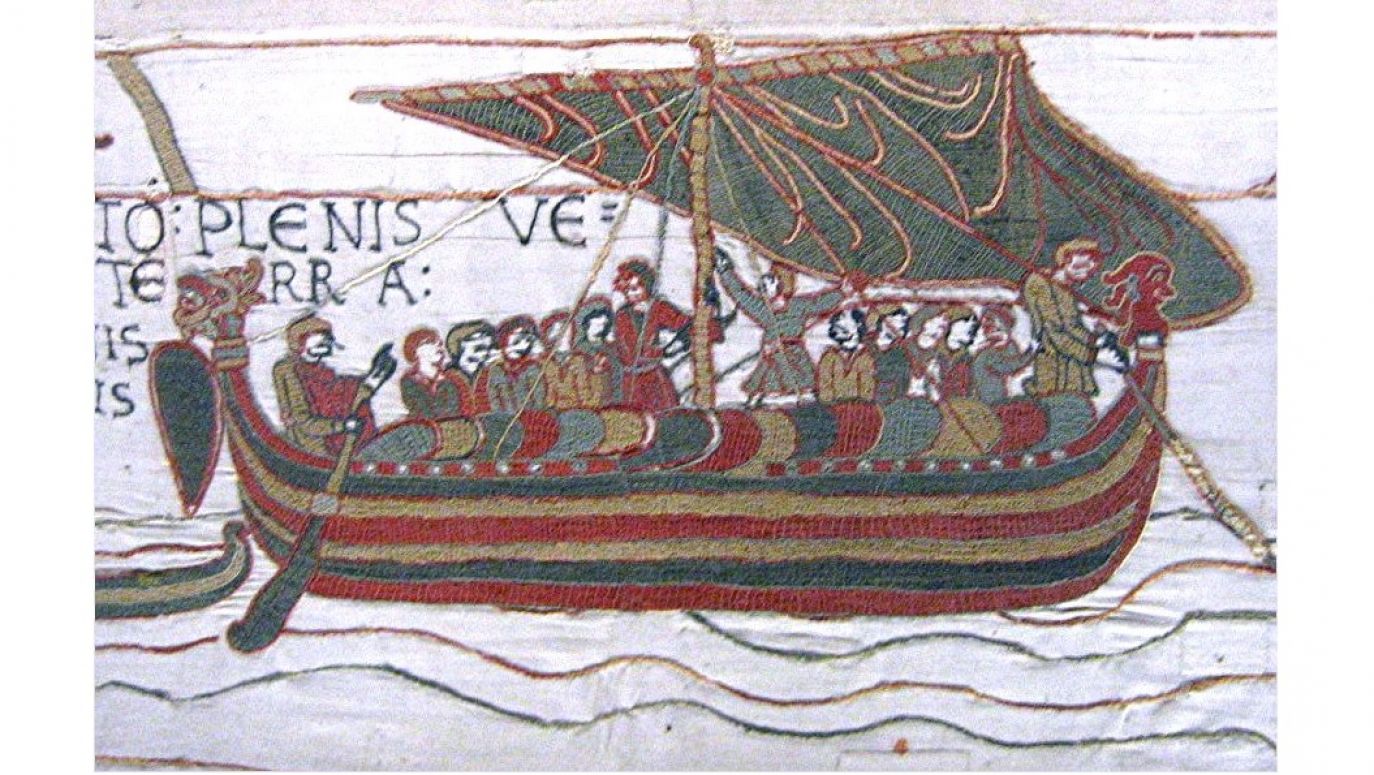
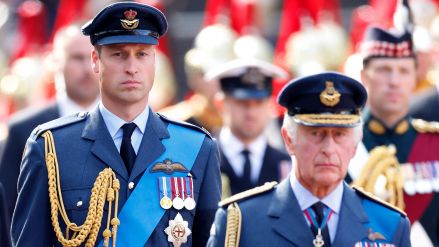
 SIGN UP TO OUR PAGE
SIGN UP TO OUR PAGE
 I don't know how the Windsors are positioned on this genetic map. After all, the ancestors of Queen Elizabeth II, according to the genealogies studied, include Albert the Great, Casimir the Jagiellonian and - as if it could be otherwise - William the Conqueror. Whether genetics would have been able to unravel the genealogical meanderings unambiguously and assign the Queen to a specific group - it is difficult to say. What is most fascinating is that it is getting better and better at finding 'signatures' in our DNA that place us in specific historical ethnoses. This means that, although looking into the very distant past, we are all related to each other, but not all equally close.
I don't know how the Windsors are positioned on this genetic map. After all, the ancestors of Queen Elizabeth II, according to the genealogies studied, include Albert the Great, Casimir the Jagiellonian and - as if it could be otherwise - William the Conqueror. Whether genetics would have been able to unravel the genealogical meanderings unambiguously and assign the Queen to a specific group - it is difficult to say. What is most fascinating is that it is getting better and better at finding 'signatures' in our DNA that place us in specific historical ethnoses. This means that, although looking into the very distant past, we are all related to each other, but not all equally close. 



